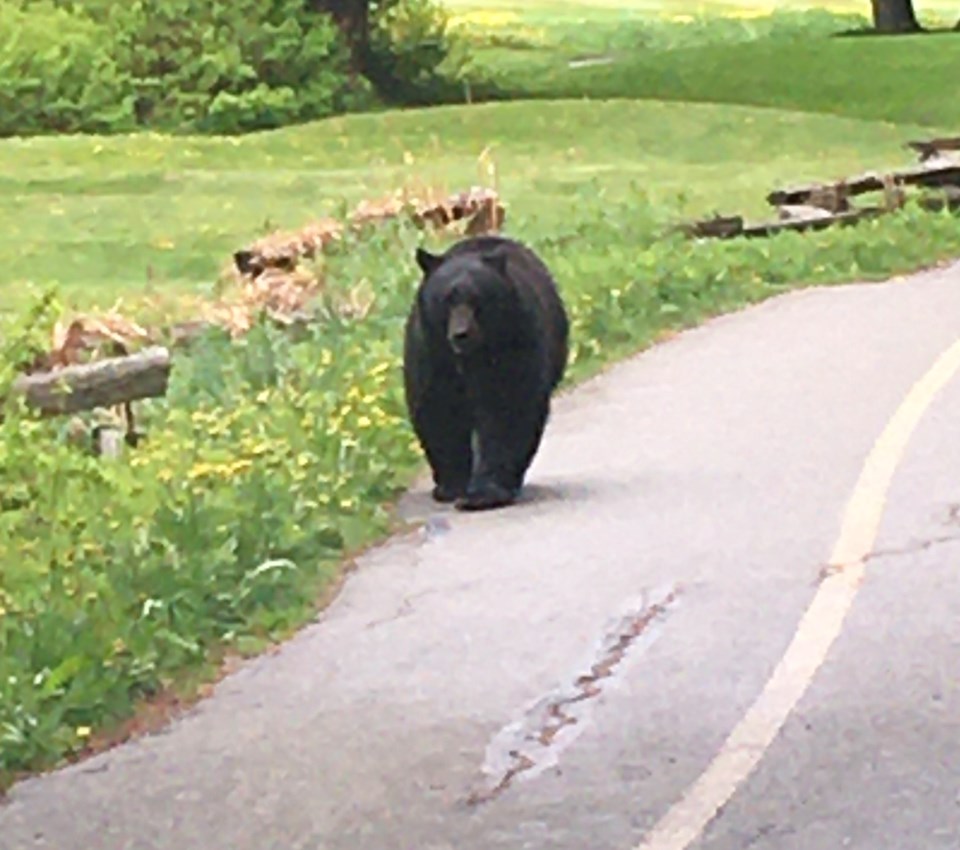Looking back across the last 14 months, one of the things about our community that has saved my sanity is the Valley Trail network.
As we headed into lockdown and remote working in March of 2020, the daily cortisol-fuelled cycle of getting the paper out in a re-invented process took its toll on everyone.
Personally, it forced me to think about some concrete things I could do to survive as it became clear this was going to be more than a brief change in my working and living circumstances.
That’s where the Valley Trail came in. I committed to walking a part of the trail every single day no matter the weather, and I’m pleased to say that I have managed to do this for the most part. There were days, it’s true, where workload made it just impossible to get away from my desk while it was light (but, yay, it’s almost summer and light until 8:30 p.m.), but having that daily goal became an important focus, and getting outside became a lifesaver.
I know this may seem a trivial accomplishment in a town of triathletes, Olympians, yogis and general fitness gurus, but I’m standing behind it.
It’s been an interesting journey watching the trails I travel change through the seasons, whether it’s taking note of foliage, the critters that frequent the hedges and trees, the sounds of my stroll, or interestingly the traffic on foot, bike and everything in between.
I watched geese come and go, a hare turn from speckled brown to white and oh, the many, many bears of the Whistler Golf Club go from lounging in the dandelions to disappearing into hibernation. (A shout-out here to golf course staff who apparently not only look after the greens, but also seem to manage the bears so they stay safe from wandering people and golfers—Whistler’s idea of animal husbandry.)
With more than 40 kilometres of trails, I have had lots of walks to enjoy.
One of the changes that has become most significant is the growing number of motorized transportation methods used by people on the trail. These include e-bikes, motorized scooters and a whole variety of different motorized skateboards.
It’s great to see in moderation because in many cases it signals that people are not using their cars to get around, and that supports the community’s push towards sustainability. (Love the inventive ways parents have set up e-bikes and trailers or child seats to get around town.)
However, there are also a fair number of riders on all sorts of motorized units who are literally treating the Valley Trail like a highway and going way too fast for safety’s sake. (This is also true for riders of regular bikes!)
Let’s recall that the municipal policy says that Class 1 e-bikes are allowed on the Valley Trail. These bikes have pedal-assisted motors, with a top speed of 32 kilometres an hour—which is way too fast for the trail in my humble opinion. You are not allowed on the Valley Trail with a Class 2 (full-throttle bike, no human effort required) or Class 3 e-bike (similar to Class 1, but with a higher top speed).
Class 2 and 3 devices are considered motor vehicles by “senior legislation,” including the Motor Vehicles Act, and are therefore deemed not appropriate or safe for use on any recreational non-motorized trails on Crown lands.
Other “e-mobility devices” like low-speed motorcycles, powered skateboards, stand-up scooters, segways and hoverboards are also classified as motorized vehicles by provincial legislation, and are also not allowed on the Valley Trail or other non-motorized rec trails.
The policy was built within the framework of the provincial Motor Vehicle Act, ICBC regulations, the Off-Road Vehicle Act and the Wildlife Act, but perhaps most importantly a similar policy from Recreation Sites and Trails BC (RSTBC).
Our Valley Trail connects all of Whistler’s neighbourhoods from Function Junction in the south to Emerald in the north, passing through the Village, Upper Village and Creekside, as well as other residential areas on the way, and is an important lifeline for us for all sorts of reasons.
It also connects to the Sea to Sky Trail and is part of the Trans Canada Trail, which links up thousands of communities across Canada.
But it is not a road.
So remember when you are enjoying it: share it with everyone, Class 1 e-bikes only, stay right of the yellow centre-line and follow the rules-of-the-road, keep your speeds low so you have time to adjust when you meet other users (especially those crazy tree-tiger chipmunks), tell people you are passing them, dogs MUST be leashed, and right now, for goodness’ sake, watch out for bears.




